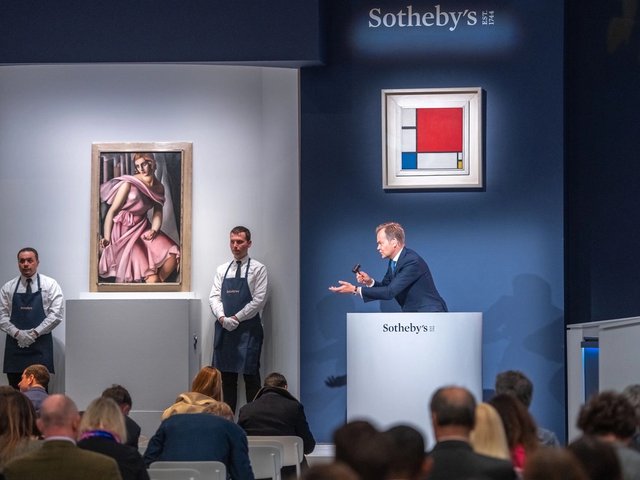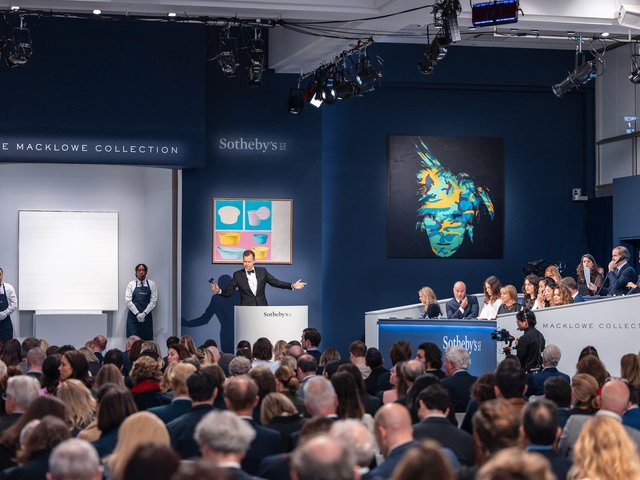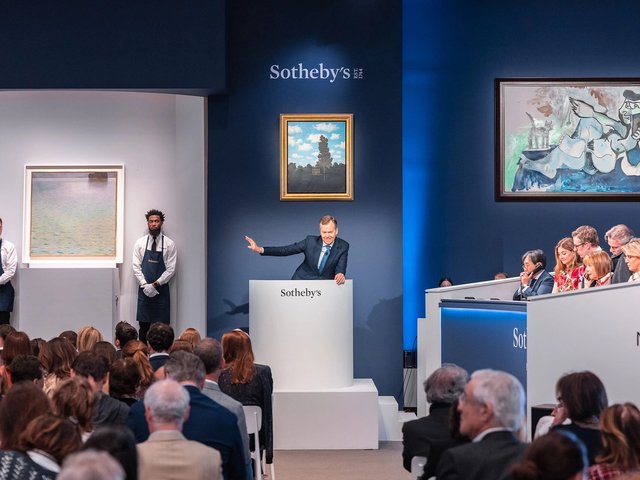Sotheby’s injected a modest but much-needed dose of stability into New York’s autumn auction season Wednesday night (8 November) with its dedicated sale of works from the collection of the deceased Whitney Museum of American Art patron Emily Fisher Landau.
Apart from establishing new auction highs for two blue-chip “artist’s artists” in the $10m to $20m bracket, the auction will perhaps best be remembered for doing exactly what it needed to do. The auction house delivered a hammer total of $351.6m ($406.4m with fees), within the pre-sale estimate range of $344.5m to $430.1m (calculated without fees).
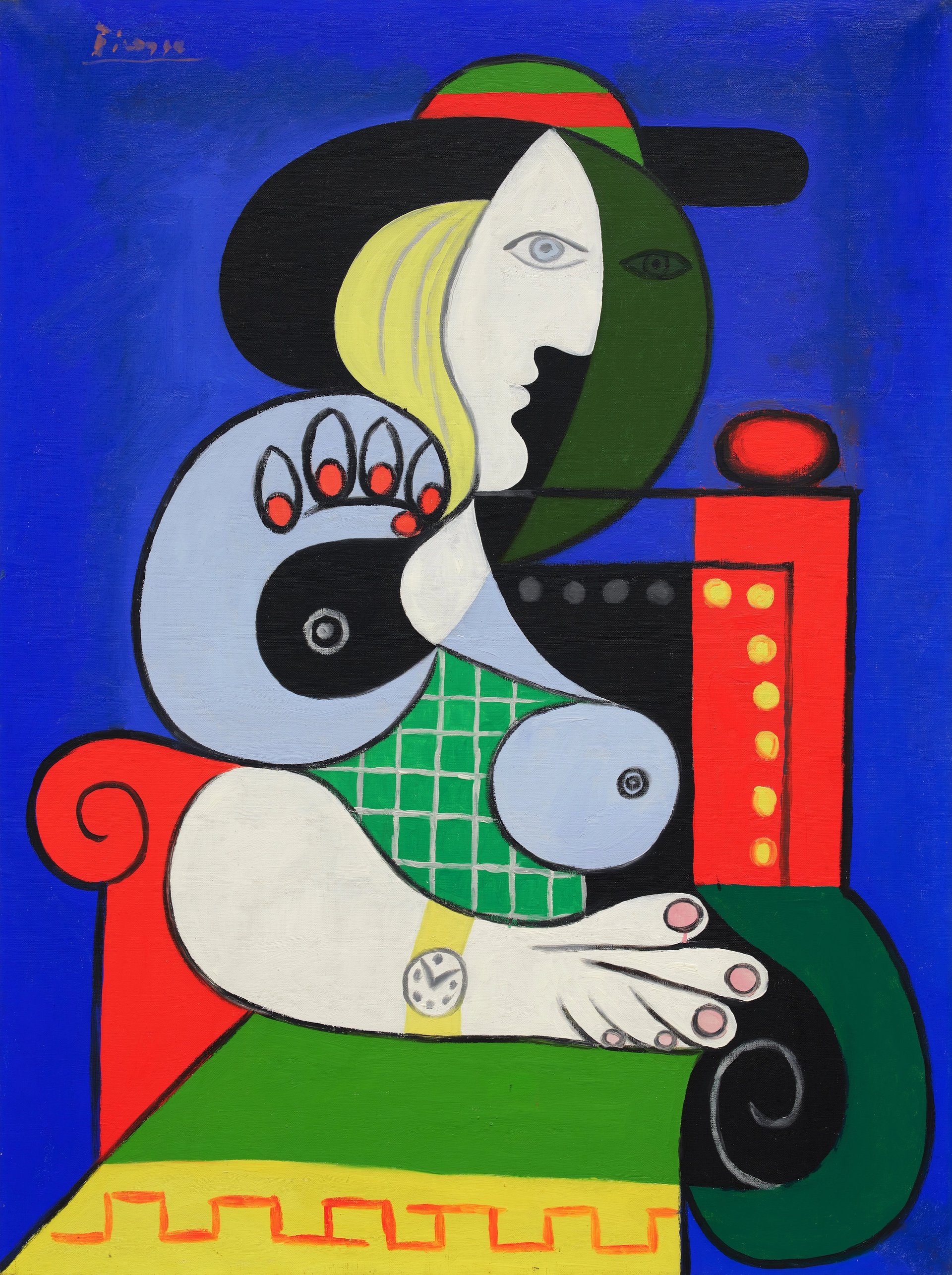
Pablo Picasso's Femme à la montre (1932) Courtesy of Sotheby's.
Roughly one third of that sum came courtesy of Pablo Picasso’s 1932 portrait of Marie-Thérèse Walter, Femme à la montre, which auctioneer Oliver Barker knocked down at $121m ($139.4m with fees), satisfying its unpublished pre-sale target “in excess of” $120m. Unlike the relationship between Picasso and Walter, this affair was over in less than three minutes, with Barker spending one minute coaxing the winning bidder into offering the final $1m, and another minute deciding there were no more increases in this crowd.
Nine of the 31 lots on offer found buyers at prices of $10m or more. Three works, including the Picasso, vaulted over the $30m threshold even without the booster pack of the buyer’s premium. The gavel fell for the first, Jasper Johns’s Flags (1986), at a within-estimate $37m ($41m with fees) after less than two minutes of bidding; Ed Ruscha’s cheeky 1964 word painting, Securing the Last Letter (Boss), made $34m ($39.4m with fees), but hammered just beneath its $35m low estimate.
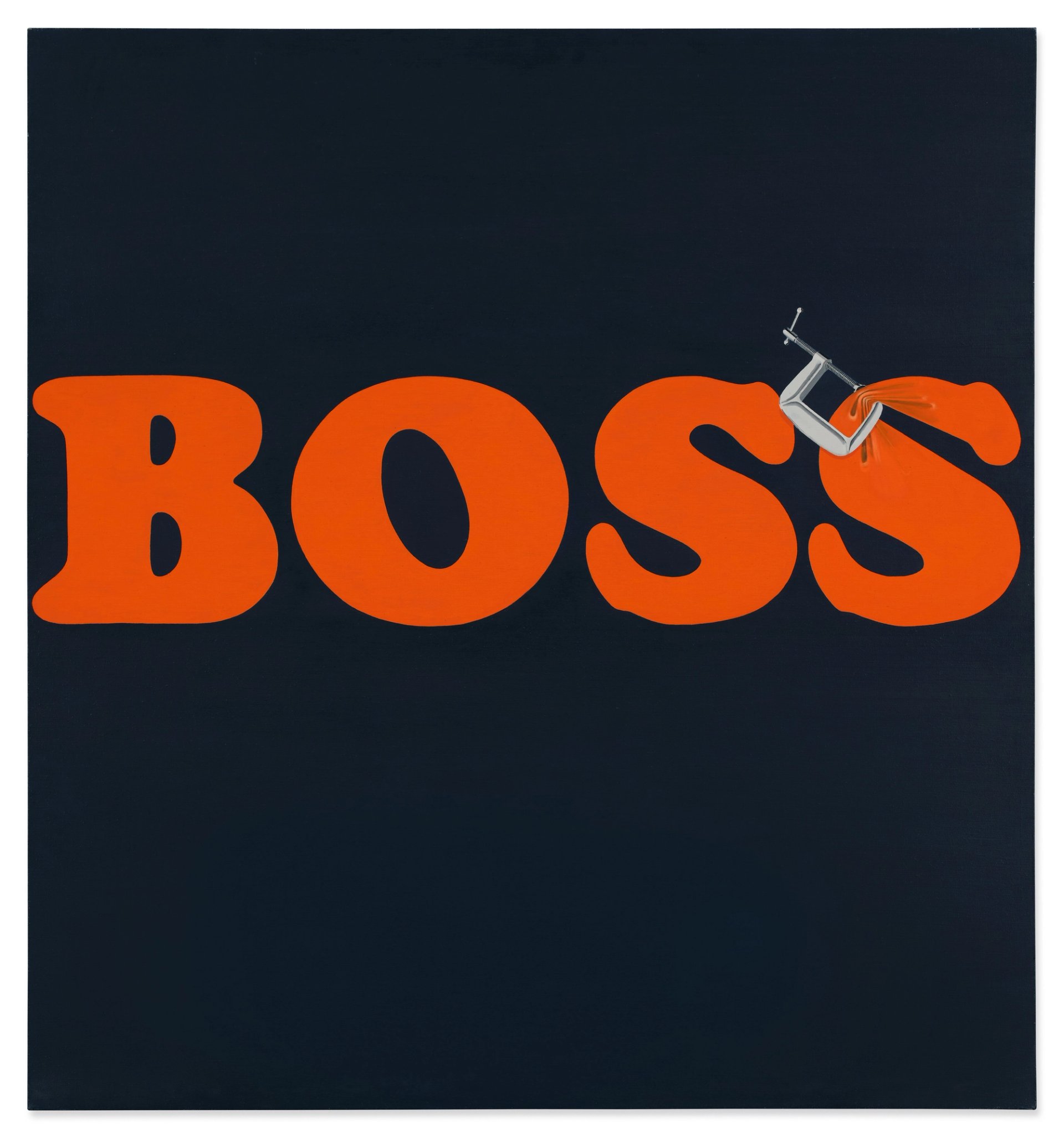
Ed Ruscha's Securing the Last Letter (Boss), 1964. Courtesy of Sotheby's.
Sotheby’s guaranteed a minimum price for all 31 objects in the auction, meaning it was sure to be a sold-out sale regardless of bidding activity. Even more noteworthy, 25 of the 31 lots were backed by third parties by the time they crossed the block. The low estimates of those 25 works totalled $297.3m, or 86.3% by value of the aggregate pre-sale low estimate of $344.5m.
“Basically, there was so much at risk that they left no risk,” New York-based adviser Wendy Cromwell said of the house’s guarantee strategy after the sale’s conclusion.
The overall results were certainly a triumph of expectation-setting. Two-thirds of the works on offer in the sale hammered within their pre-sale estimate ranges. (The specific total is either 20 or 21, depending on how one interprets the $121m Picasso’s relationship to its estimate “in excess of” $120m.)
This arguably constituted a shift from New York’s spring auction cycle, after which there was chatter within the trade that some of the season’s disappointments were a consequence of the three major auction houses pushing estimates too far beyond organic demand in an effort to win over collectors. In this telling, overpromising to secure consignments too often led to under-delivering when bidding began.
“We always try to set estimates smartly and strategically. It’s a balancing act between reflecting the market and reflecting the precedents, but oftentimes we’re facing objects so incredible that they don’t have a precedent,” says David Galperin, Sotheby’s head of contemporary art in the Americas. “So you use a little bit of market intel but also a little bit of gut in making your decisions.”
Two of the unprecedented works Galperin referenced set new auction records for the blue-chip artists behind them: $11.8m (with fees) for Mark Tansey’s Triumph Over Mastery II (1987), which hammered at $10m; and $18.7m (with fees) for Agnes Martin’s early grid painting Grey Stone II (1961), which hammered at $16m. Both works were at the centre of bidding wars that lasted between five and ten minutes each.
But the lack of precedent sometimes worked against the house, too.
Although the auction qualified as a “white glove” sale, with 100% of the lots on offer finding buyers, there were at least two instances where Sotheby’s and the consignors agreed to sell at prices substantially below the levels one would expect based on the published estimate ranges. (Reserve prices, the minimum amounts at which lots are allowed to trade, are generally known only by the parties directly involved in the deals.)
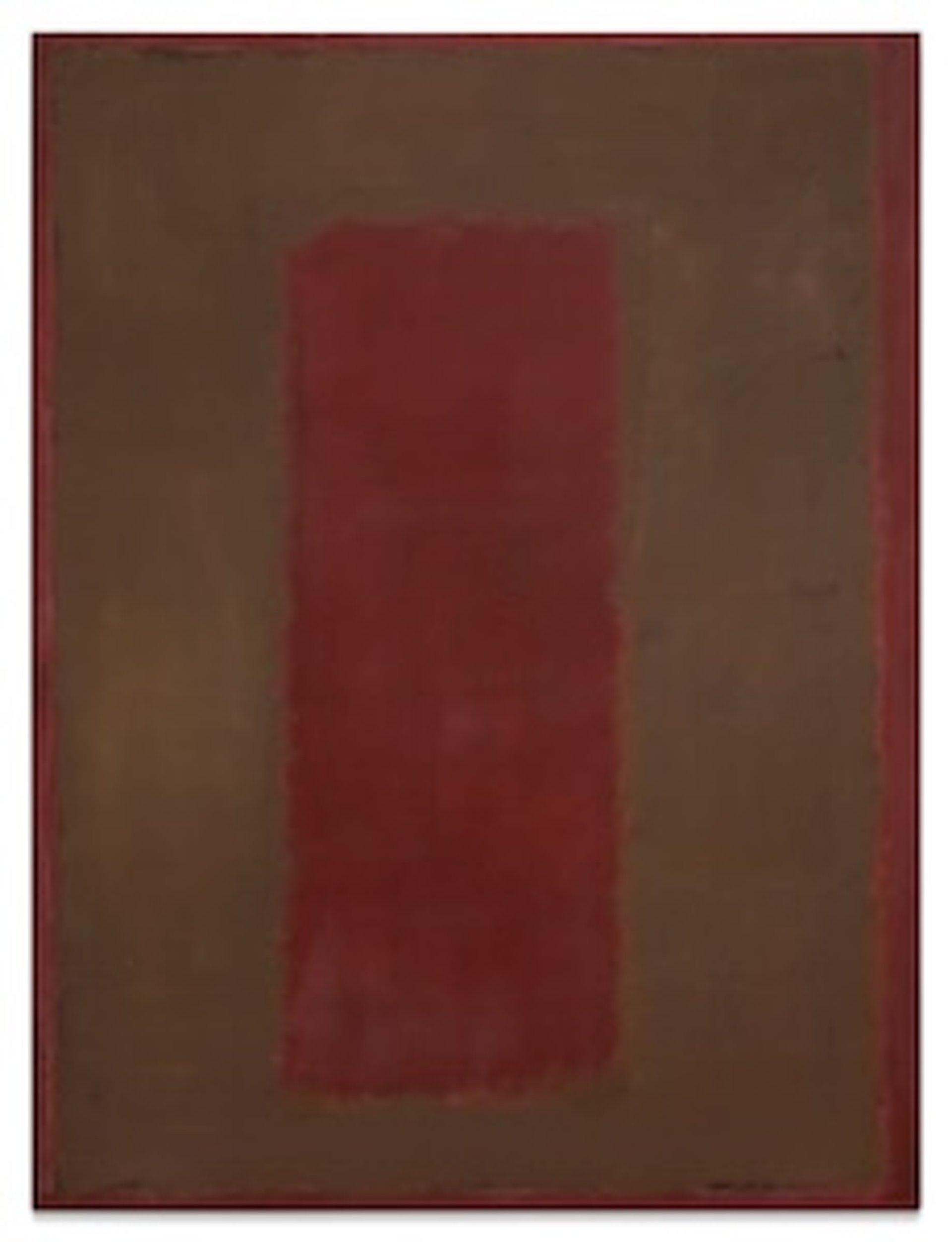
Mark Rothko's untitled (1958).
Courtesy of Sotheby's.
Mark Rothko’s untitled 1958 colour field painting from his Seagram mural series—the first canvas from this body of work ever to be offered at auction—changed hands at a hammer price of just $19m ($22.2m with fees), less than two-thirds the $30m low estimate. An early Robert Rauschenberg silkscreen painting, Sundog (1962), hammered at $4m ($4.9m with fees), half the low target of $8m.
“It’s what I call a real market,” says Galperin. “You saw works tonight that soared way past estimates, and you saw a few works tonight that sold below estimates. In any market driven by real collectors, there’s always a range.”
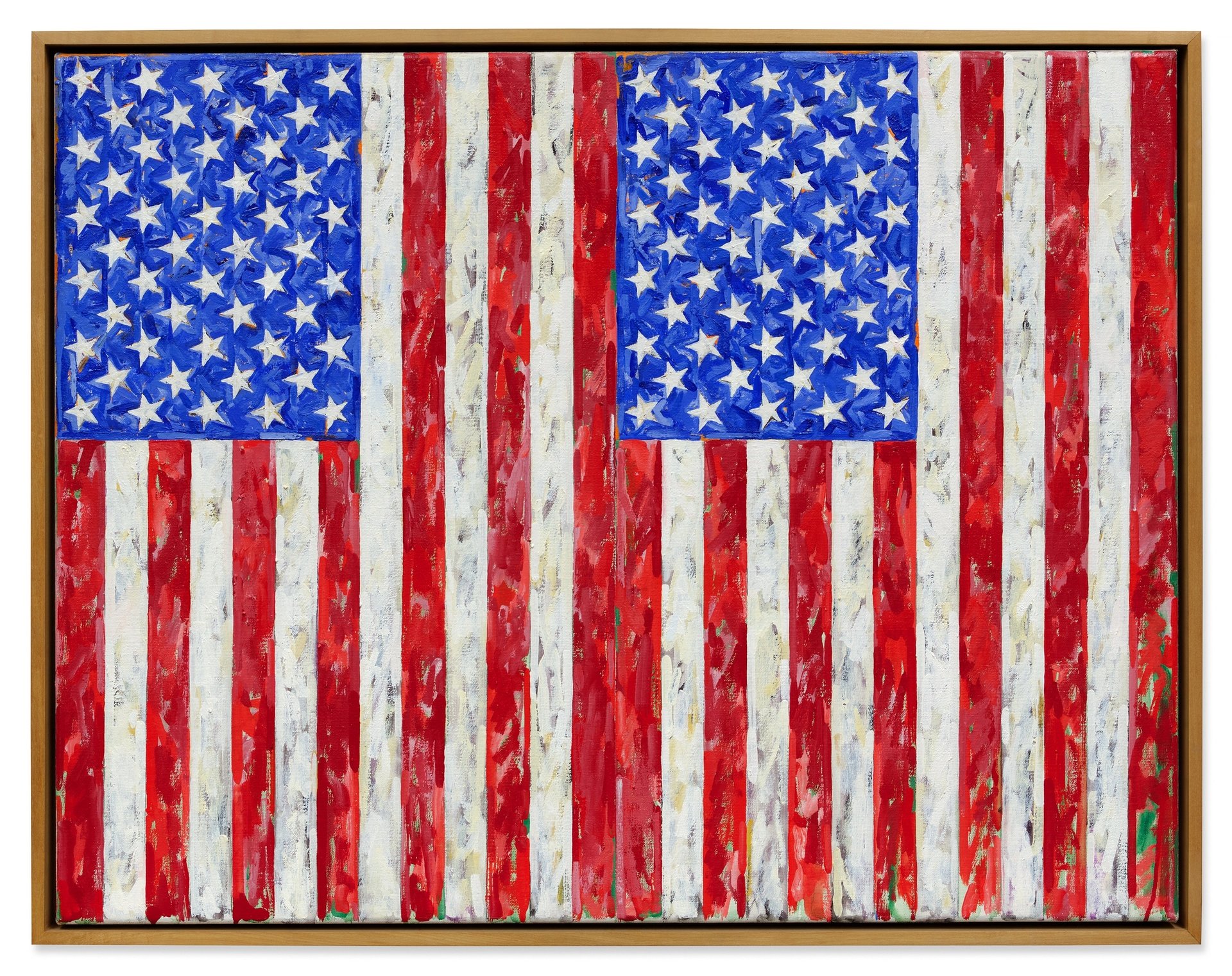
Jasper Johns's Flags (1986) Courtesy of Sotheby's.
“Based on this round of sales, estimates have been an excellent barometer of where works actually traded,” says Cromwell, suggesting that maybe the much-discussed market correction could already be helping to rein in presale targets closer to buyers’ true limits.
That said, she and other market professionals agree that it is still too soon to say for certain. More data will emerge in the coming days, starting with Christie’s 20th century evening sale on Thursday (9 November); that auction house's sale of 21st-century art on Tuesday (7 November) produced decidedly mixed results.
“We feel really good about where we are [after making] $400m for 31 objects in a single evening sale,” Galperin adds in regard to Sotheby’s position heading into its Modern, contemporary and The Now evening sales next week. “But as we’ve seen over the past several years, we’re dealing with a very smart and selective market.”





